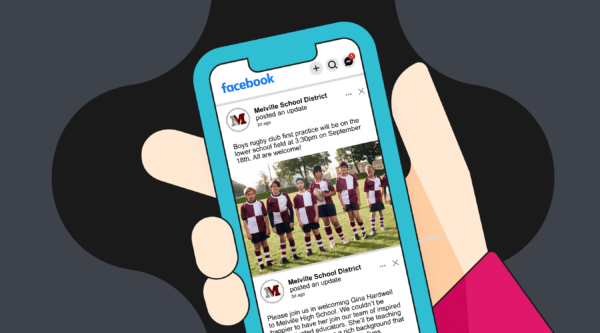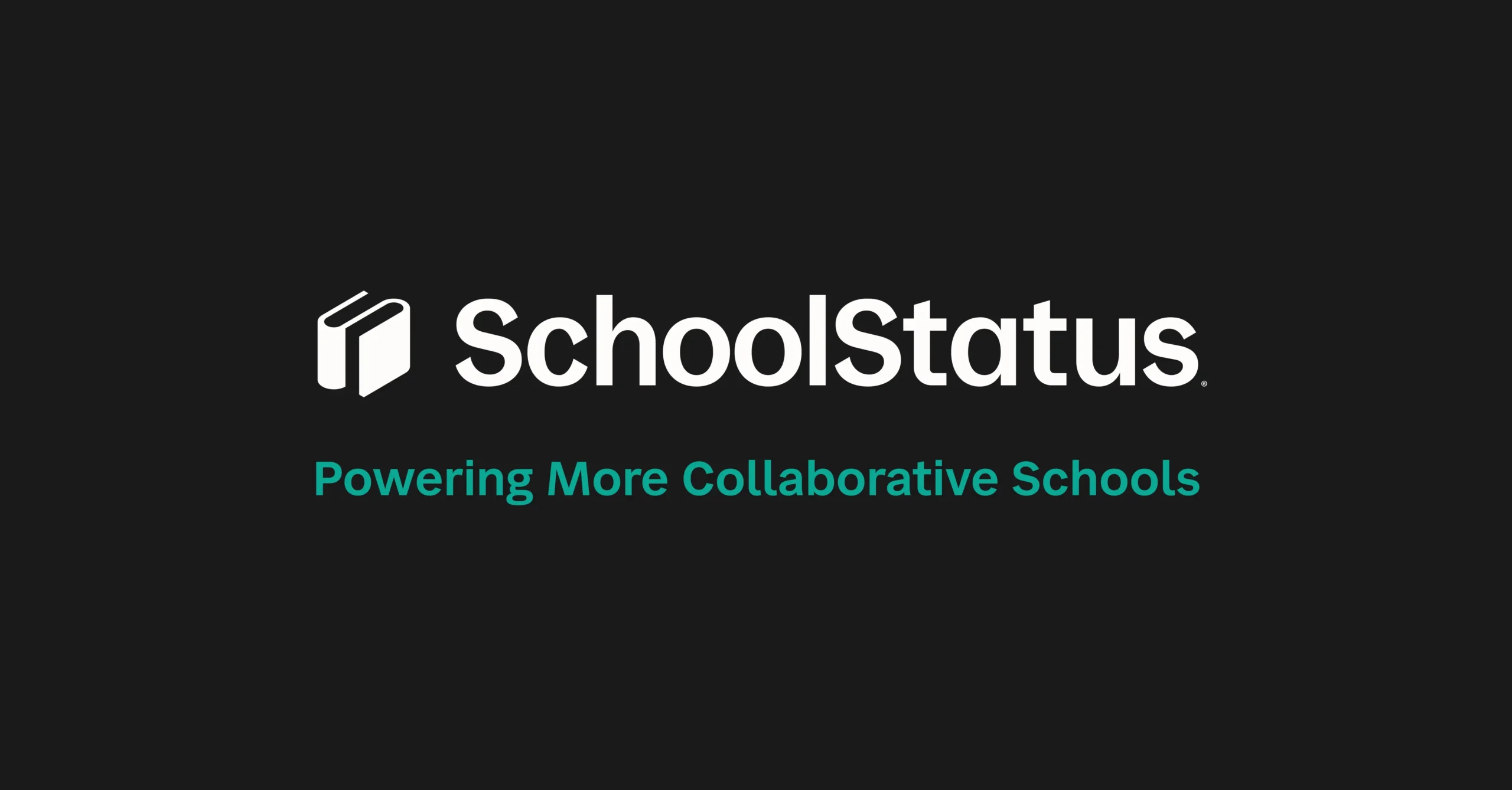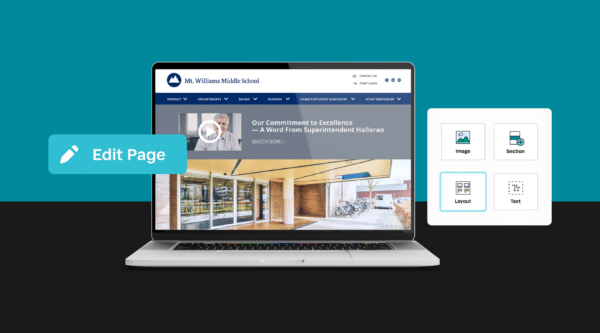

Live streaming is becoming a crucial tool for school communications and remote learning, especially with the rise of virtual education. Whether you’re delivering urgent updates, broadcasting events, or supporting distance learning, live streaming can help your school connect with its community in real time.
Live streaming video allows your audience to watch and participate as events unfold, making it a powerful addition to your communication strategy. Plus, the benefits don’t end once the stream is over—recorded live videos can be stored and repurposed as a valuable content library for future use.
With the right tools and preparation, live streaming can become a central part of your school’s digital communications plan. It’s not only easy to view and share but also simple to create, making it accessible for teachers, students, administrators, and even parents.
What Makes a Good School Live Stream?
The possibilities for live-streamed content are nearly endless. Here are a few ideas to get you started:
- Online classrooms: Deliver lessons in real-time to students at home.
- School board and PTO meetings: Allow parents and stakeholders to attend virtually.
- Superintendent or principal messages: Provide regular updates directly from school leaders.
- Sporting events and performances: Stream pep rallies, assemblies, games, concerts, and plays.
- Graduations and ceremonies: Celebrate milestones with families who can’t attend in person.
These live events are valuable to parents and community members who want to stay connected but can’t always attend in person. With live streaming, they won’t miss a moment.
Live Streaming and Remote Learning
Of all the potential uses for live streaming, remote learning has taken center stage. Schools are increasingly adopting live streaming as part of their distance learning and hybrid learning models. As Steve Williams, founder of SchoolNow, points out, “Live streaming is going to play an increasingly bigger role in the K12 experience—even beyond this current crisis.”
Imagine daily live morning announcements from your principal, live parent-teacher conferences, or classroom lessons streamed to students at home. Live streaming allows schools to maintain a sense of community, even when in-person gatherings aren’t possible.
Production Tips for Live Streaming
Good live streaming is not just about capturing video; it’s about delivering a high-quality experience. Here’s how to ensure your live streams are successful:
1. Video Equipment
While professional equipment can improve the quality, it’s not always necessary. Here’s a breakdown of what you can use:
- Smartphones: Modern smartphones have excellent video quality and are highly portable. Teachers, staff, and even students can easily use them to create live streams.
- Webcams: A step up from smartphones, webcams are lightweight, affordable, and offer more stability for stationary streams, such as school announcements or classroom lessons.
- HDMI Cameras: These provide high-quality video and more control over zoom and focus but require additional equipment like a capture card for live streaming.
2. Sound Equipment
Poor sound quality can ruin an otherwise great video. In large spaces like gyms or auditoriums, camera mics might not capture clear audio. Instead, consider using handheld or lapel microphones for better sound.
3. Training
Provide basic training for staff and students who will be using the equipment. This can be as simple as a quick run-through during a staff meeting. Students can also be valuable contributors as videographers and content creators.
Streaming Platforms for Schools
Several free platforms can help your school get started with live streaming. Here are a few popular options:
- Zoom: Widely used in schools for virtual classrooms and meetings. Teachers and students can get free accounts by completing a K12 verification form.
- Google Meet: Part of the Google for Education suite, it allows real-time connection with parents and students.
- Facebook Live: Easy to use and accessible, Facebook Live lets schools stream directly to their social media followers.
- YouTube Live: With YouTube’s vast audience, live streaming via YouTube is a great way to reach a broader community. Plus, YouTube automatically generates closed captions, improving accessibility.
Promoting and Sharing Your Live Stream
Once you’ve planned your live stream, promotion is key to making sure people tune in. Here are some tips:
1. Plan Ahead
Incorporate live streaming into your content calendar. Plan streams for important events like school plays, assemblies, and meetings. Test your equipment ahead of time to ensure smooth streaming.
2. Promote the Event
Introduce live streaming to your community through emails, newsletters, and social media. Explain how families can access the stream and share the schedule of upcoming events.
3. Post on Your Website
Make your school’s website the central hub for live streaming announcements. Post links to upcoming streams on your homepage and event pages. For a step-by-step guide on improving your school website, visit our article on effective school website design.
Streaming to Build Community Engagement
Live streaming offers a unique opportunity for schools to engage with their communities in new and exciting ways. Whether you’re broadcasting a school board meeting, celebrating a graduation, or hosting a virtual classroom, live streaming helps your school reach a wider audience and stay connected.
As you get more comfortable with live streaming, experiment with new ideas and formats. With the right tools and preparation, live streaming will become an integral part of your school’s communication strategy—one that brings your community closer together.
For more tips on leveraging technology in school communications, check out SchoolStatus, where you’ll find tools and resources to improve your school’s engagement.
Stay Connected
News, articles, and tips for meeting your district’s goals—delivered to your inbox.




